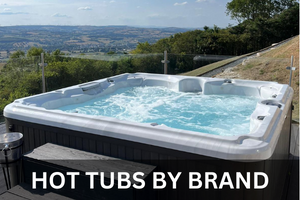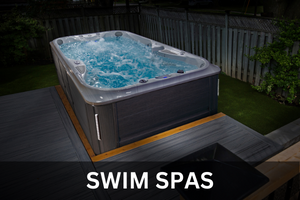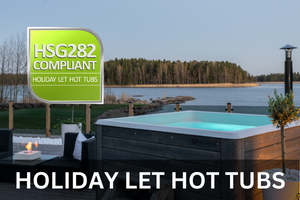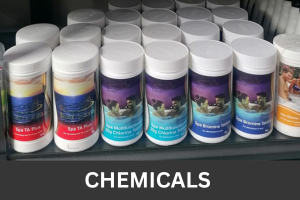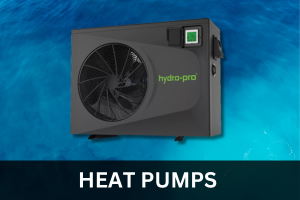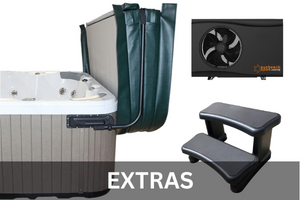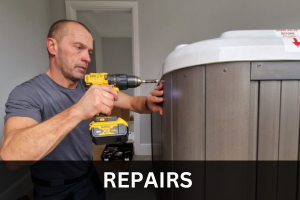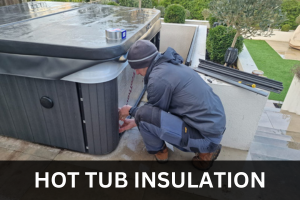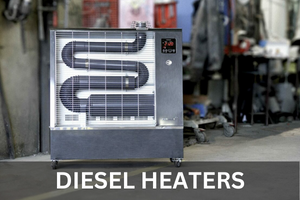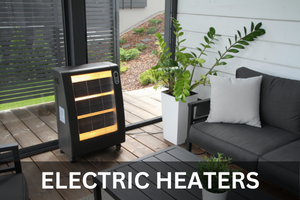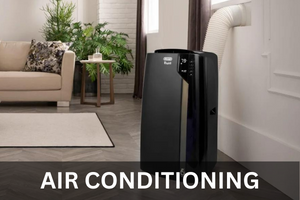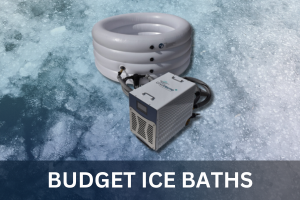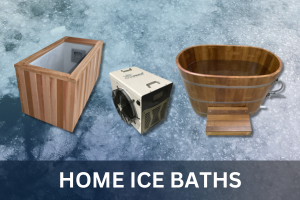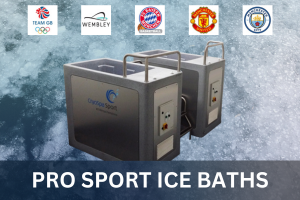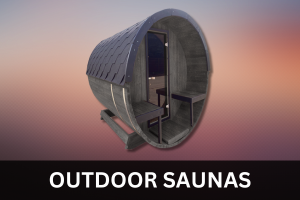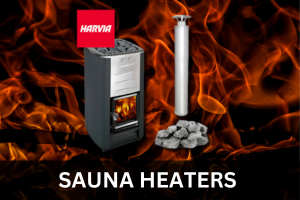Menu
-
- Home
-
Hot Tubs & Swim Spas
- Hot Tub Hire
-
Chemicals & Filters
-
Services We Offer
- Ice Baths & Saunas
-
Useful Info
-
- 0151 662 0284
- Login

Hot Tubs & Swim Spas
Chemicals & Filters
Services We Offer
Infrared Heaters
Ice Baths & Saunas

Sundance Pillow - 680 Series
- Description
- Specification
Single replacement pillow for 2007+ 680 Series Sundance Spas
We supply a number of chemicals, filters and other accessories such as steps and cover lifters. These can either be purchased by calling in to the showroom, visiting the website or over the phone.
If we don’t have a particular item in stock that you have ordered, we will do our best to find out when the earliest possible date would be for us to receive it and get back to you as quickly as possible.
If you order your accessories via the website or over the phone, we will aim to send them out the same day via Parcel Force on an Express 24 delivery, so you receive them as soon as possible. when we have obtained the tracking number, we will contact you to let you know what the number is so you can also keep track of your delivery.
Frequently Asked Questions
-
The ideal pH level for a hot tub is between 7.2 and 7.8. A pH level that is too low (acidic) can irritate your skin and eyes, while a pH level that is too high (alkaline) can make the water cloudy and uncomfortable to swim in.
-
The ideal total alkalinity level for a hot tub is between 80 and 120 ppm. Total alkalinity helps to buffer the pH level of the water, so it doesn't fluctuate too much.
-
The ideal calcium hardness level for a hot tub depends on the type of finish on your hot tub. For acrylic hot tubs, the ideal calcium hardness level is between 100 and 250 ppm. For plaster hot tubs, the ideal calcium hardness level is between 250 and 450 ppm.
-
The most common chemicals used to maintain hot tub water chemistry are chlorine, bromine, and sanitizers. Chlorine is the most effective sanitizer, but it can be harsh on your skin and eyes. Bromine is a less harsh alternative to chlorine, but it can be more expensive. Sanitizers are a combination of chemicals that work together to keep your hot tub water clean and safe.
-
You should test the water chemistry in your hot tub at least three times a week. If you use your hot tub frequently, you may need to test the water more often.
-
You can adjust the pH level of your hot tub water with pH increaser or pH decreaser chemicals. Follow the instructions on the product label to add the correct amount of chemical to your water.
-
You can adjust the total alkalinity level of your hot tub water with total alkalinity increaser or total alkalinity decreaser chemicals. Follow the instructions on the product label to add the correct amount of chemical to your water.
-
Shocking your hot tub is a way to kill bacteria and other contaminants in the water. You can shock your hot tub with chlorine or bromine shock. Follow the instructions on the product label to add the correct amount of shock to your water.
-
Winterizing your hot tub is important to prevent damage to the equipment and the tub itself. To winterize your hot tub, you will need to drain the water, add a winterizing solution, and cover the tub.
-
Some common problems with hot tub water chemistry include:
- Cloudy water
- Foamy water
- Scale build-up
- Low pH
- High pH
- Low total alkalinity
- High total alkalinity
If you experience any of these problems, you should test the water chemistry and adjust it as needed.


